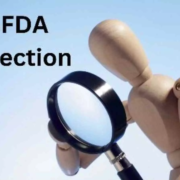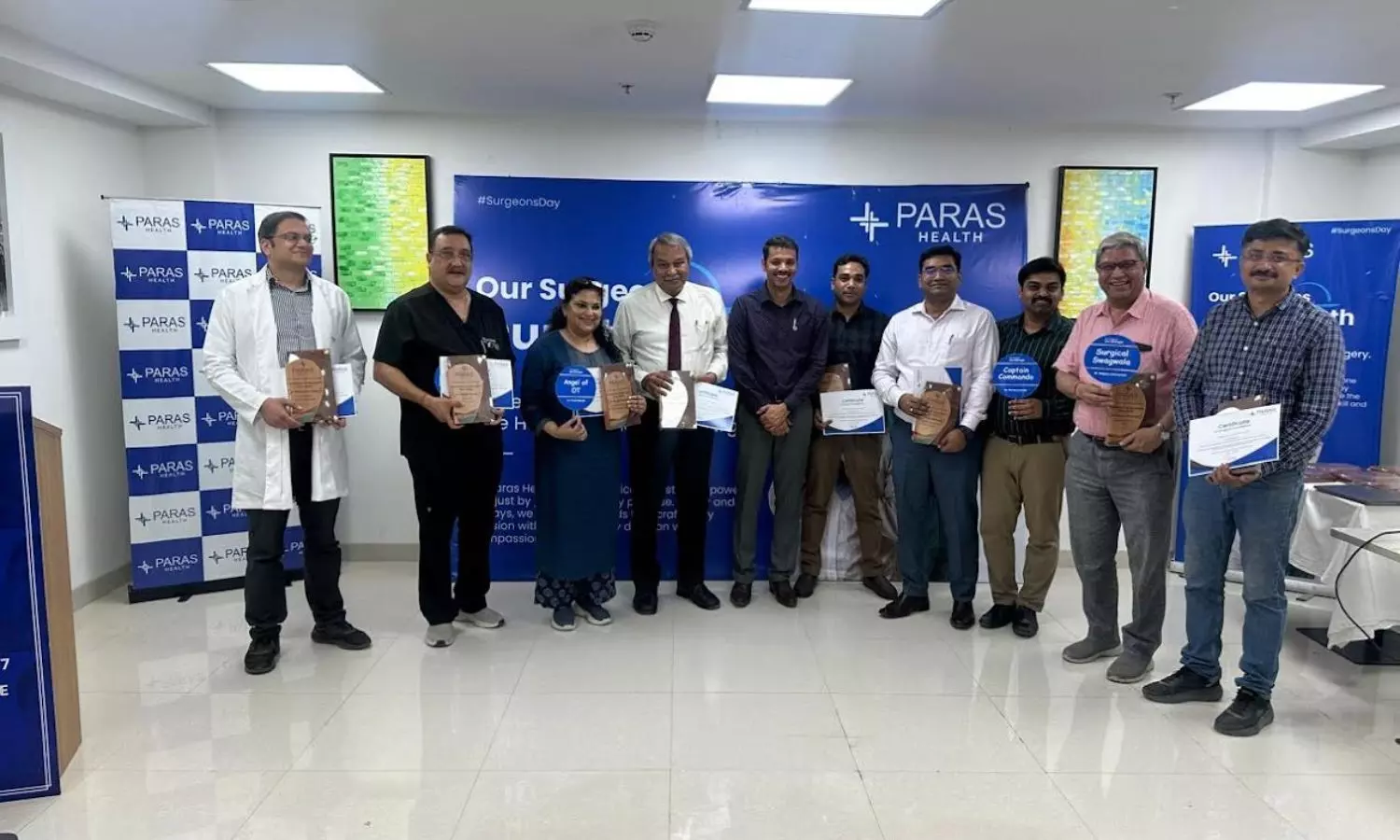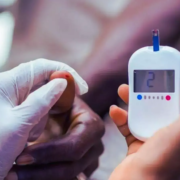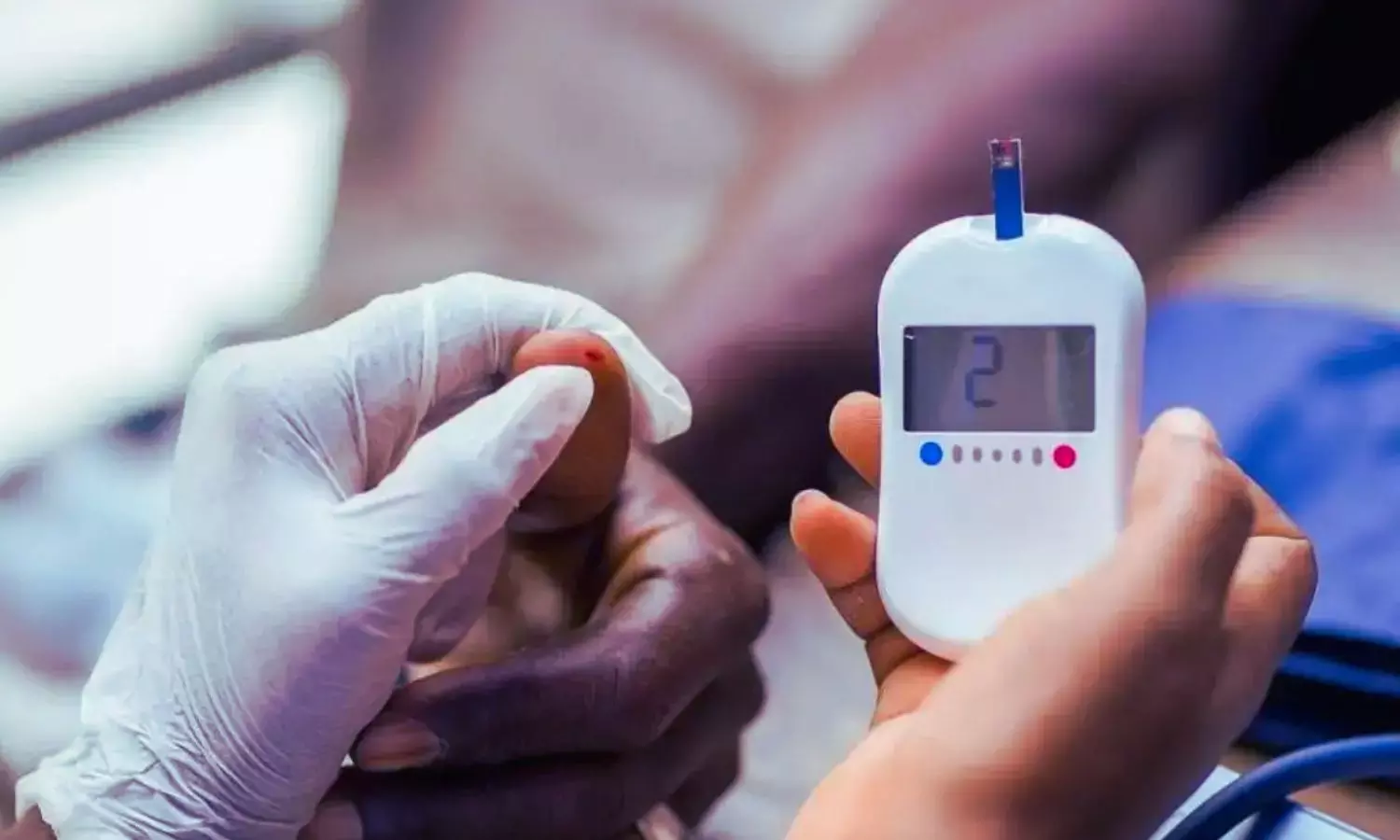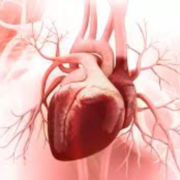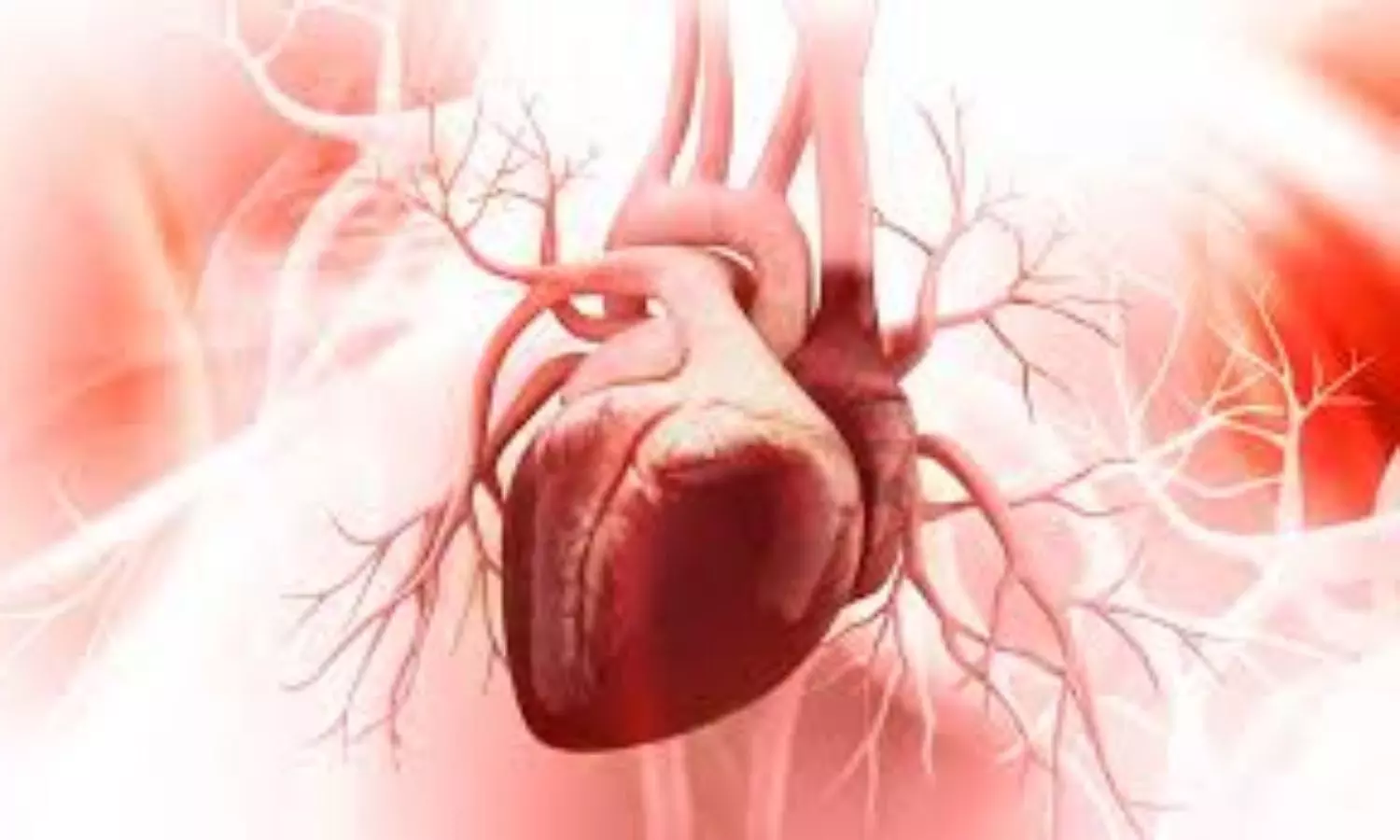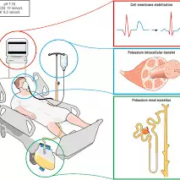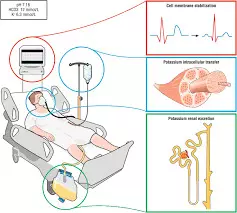
Recent systematic review evaluated the association between peripartum fetal Doppler sonography findings and perinatal outcomes in term pregnancies (37-42 weeks). The review included studies focusing on Doppler assessments of selected fetal blood vessels conducted at labor admission or during labor, excluding high-risk pregnancies. Following PRISMA guidelines, the study selection process was detailed, with a total of 37 studies evaluated, primarily prospective, involving 11,505 pregnancies.
Key Findings on Doppler Parameters
Key findings highlighted a strong association between Doppler parameters and adverse perinatal outcomes. Specifically, the presence of umbilical vein (UV) pulsations indicated a high likelihood of fetal distress (FD) with an odds ratio (OR) of 28. Low corrected UV blood flow rates were linked to increased odds of fetal distress (OR 1.64) and NICU admission (OR 3.61) but did not correlate with meconium-stained amniotic fluid or low Apgar scores. The cerebroplacental ratio (CPR) emerged as a predictive factor, showing abnormal CPR associated with fetal distress (OR 3.19) and adverse outcomes such as low Apgar scores. Methodological quality assessment revealed that 29.7% of included studies had a low risk of bias, with many studies affected by selection and confounding biases. The review utilized random-effects meta-analyses to address the anticipated heterogeneity across studies, reflecting differences in study designs, populations, and Doppler assessment protocols.
Study Limitations and Future Research Needs
The analysis found that abnormal Doppler findings are consistently linked to poor perinatal outcomes, yet most included studies had low methodological quality and small sample sizes, particularly for rare outcomes such as perinatal mortality. This emphasizes the need for future research to determine whether incorporating fetal Doppler sonography into labor management can lead to enhanced perinatal care outcomes compared to existing monitoring methods. Significantly, the review calls for well-designed, randomized controlled trials to ascertain the efficacy of intrapartum Doppler assessments in improving perinatal outcomes, especially given the inherent challenges in conducting such studies in settings with low incidences of severe morbidity. Overall, while the findings underscore the potential utility of Doppler sonography in identifying at-risk fetuses, the need for rigorous, high-quality research to confirm these associations and inform clinical practice is apparent.
Major Points
– A systematic review evaluated the relationship between peripartum fetal Doppler sonography findings and perinatal outcomes specifically in term pregnancies (37-42 weeks), analyzing a total of 37 studies which included 11,505 pregnancies and complied with PRISMA guidelines.
– Key Doppler parameters, including the presence of umbilical vein (UV) pulsations and low corrected UV blood flow rates, were identified as significant indicators of fetal distress (FD), with odds ratios (OR) of 28 and 1.64 respectively. Additionally, low UV blood flow rates were associated with increased NICU admissions (OR 3.61), while no correlation was found with meconium-stained amniotic fluid or low Apgar scores.
– The cerebroplacental ratio (CPR) was highlighted as a critical predictive factor; abnormal CPR values were associated with a heightened likelihood of fetal distress (OR 3.19) and negative outcomes, including low Apgar scores.
– Methodological quality assessment of the included studies indicated that 29.7% had a low risk of bias, with many studies exhibiting selection and confounding biases, signaling the need for caution in interpreting the findings.
– While abnormal Doppler findings were consistently related to adverse perinatal outcomes, the majority of studies suffered from low methodological quality and small sample sizes, particularly concerning rarer outcomes like perinatal mortality, which indicates a gap for further investigation.
– The review calls for well-structured, randomized controlled trials to determine the effectiveness of intrapartum Doppler assessments in enhancing perinatal outcomes and addresses the challenges of conducting such studies in low morbidity settings, underscoring the necessity for high-quality research to validate these findings and guide clinical practices.
Reference –
B. Packet et al. (2025). Peripartum Fetal Doppler Sonography And Perinatal Outcome: A Systematic Review And Meta-Analysis. *BMC Pregnancy And Childbirth*, 25. https://doi.org/10.1186/s12884-025-07586-0.


